Looking ahead to 2025, we can predict some major shifts and challenges for supply chains. Right now, businesses around the world are facing increasing pressure to adapt to new technologies, environmental impacts, and changing global trade policies. While these developments offer many exciting opportunities, they also bring unique hurdles that companies will need to overcome if they want to stay competitive and resilient.
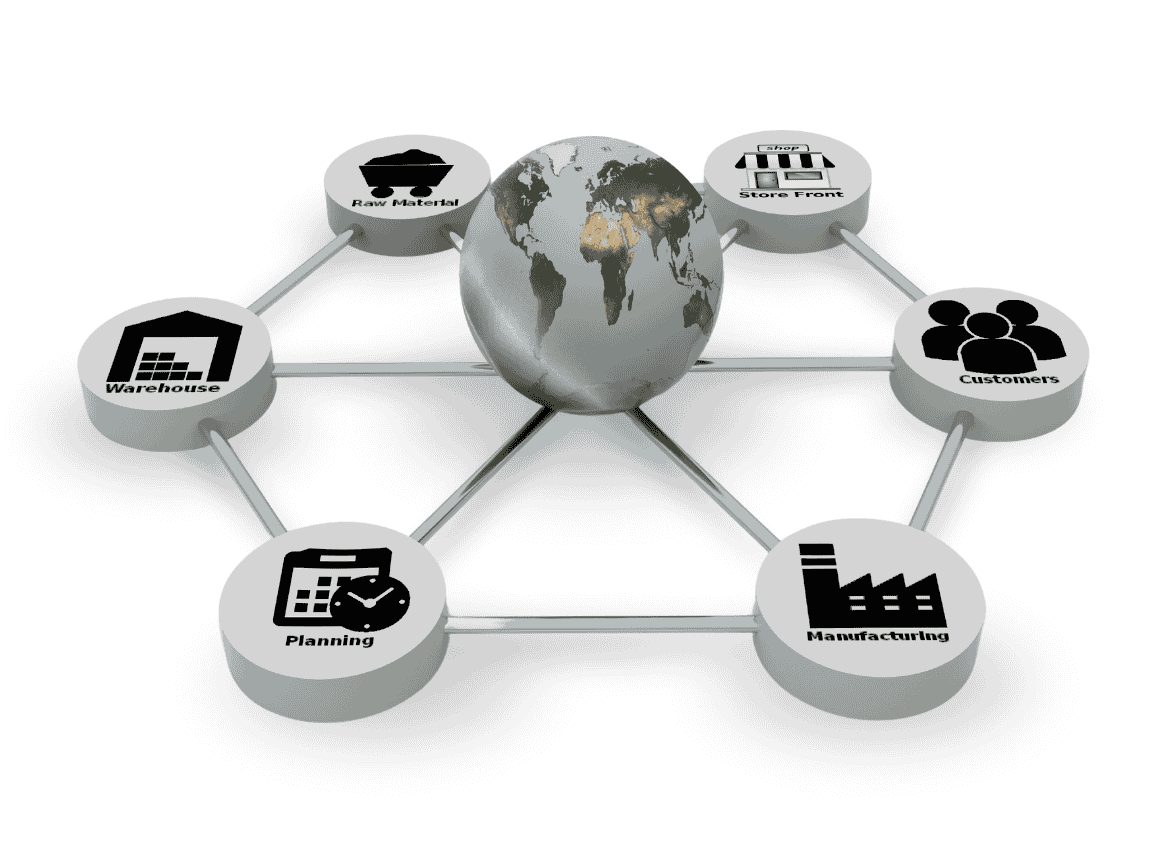
As we move forward, the impacts of AI, blockchain, automation, and even global politics will likely reshape how supply chains operate from start to finish.
The good news is that businesses can prepare for the future by being aware of these challenges. Understanding these potential obstacles gives companies a head start on finding solutions that can keep their operations smooth and flexible.
Here are six possible challenges supply chains might face in 2025 and why these issues are so important for the future.
1. Increased Reliance on AI and Automation Amid Workforce Transformation
By 2025, many supply chains will depend heavily on artificial intelligence (AI) and automation, which makes operations faster and more efficient. However, this shift could lead to workforce challenges. As automated systems take over repetitive tasks, companies will need fewer workers for these roles, potentially causing layoffs in certain areas.
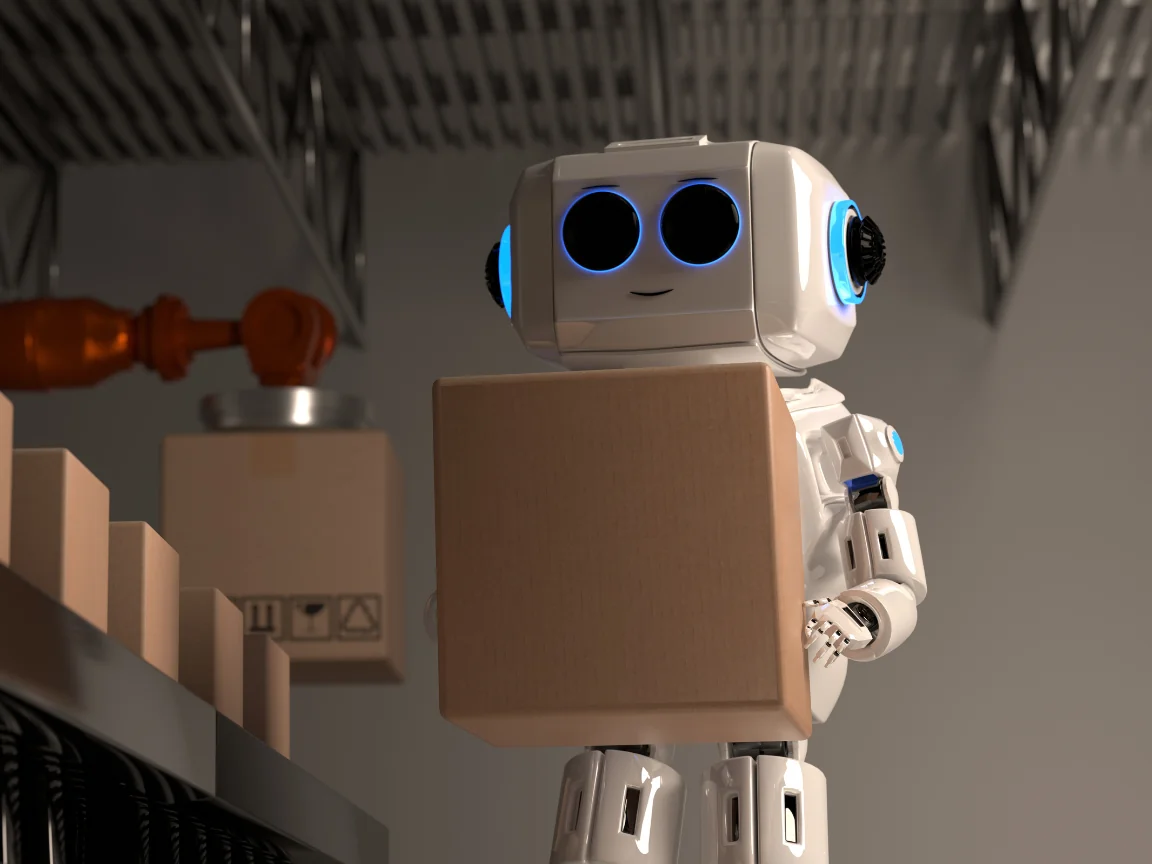
Companies will face challenges in balancing workforce changes and ensuring they have the right talent to support an automated supply chain.
2. Demand for Greater Transparency with Blockchain
Blockchain, a technology that keeps records in a way that can’t be easily changed, is expected to become widespread in supply chains by 2025. Blockchain helps create transparency by allowing companies to track goods from origin to delivery in real-time. This is particularly important in industries like food and medicine, where consumers and regulators demand to know the product’s full journey for safety reasons.
However, setting up blockchain systems can be expensive and time-consuming, especially for smaller suppliers who may struggle to adapt.

3. Trade Disruptions Due to Geopolitical Tensions
Geopolitical issues, like trade restrictions or political tensions between countries, can disrupt supply chains. For instance, the U.S. recently imposed restrictions on exporting advanced technology to certain countries, leading companies to look for alternative manufacturing locations.
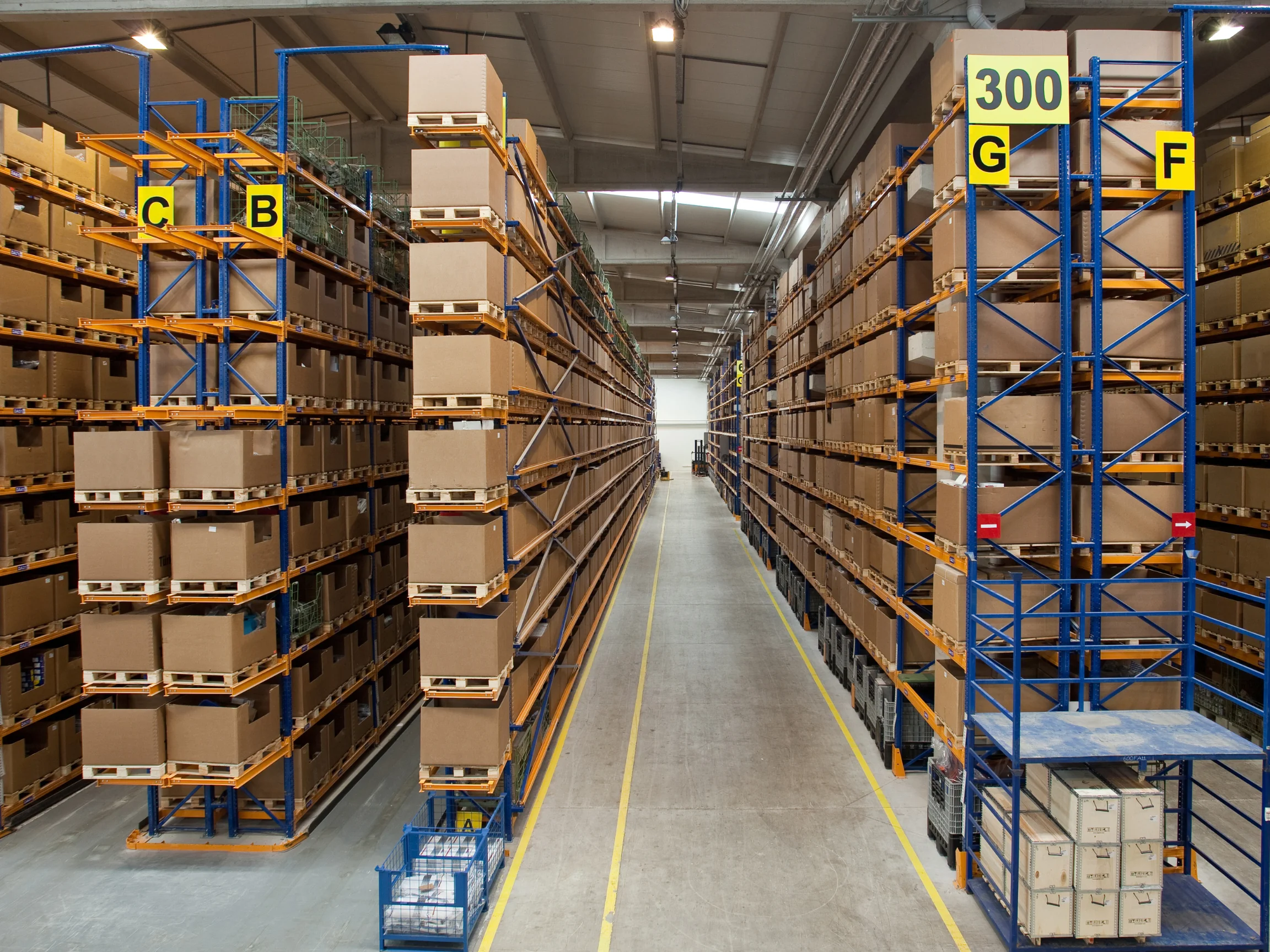
Adjusting to these changes will be challenging, as companies will need to build new relationships and train staff in unfamiliar markets while ensuring quality standards are met.
4. Impact of Climate Change on Supply Chain Resilience
Climate change is already affecting supply chains, and by 2025, its impacts are expected to increase. More frequent extreme weather events, like floods, hurricanes, and wildfires, can disrupt transportation routes and damage infrastructure. For example, ports and roads near coastlines are vulnerable to flooding and rising sea levels, which could slow down or halt the movement of goods.

5. Dual Supply Chain Strategy for Risk Mitigation
Companies are adopting dual supply chains to manage the risks posed by political and environmental disruptions. This means creating two different routes or sources for critical materials and components to continue operating if one source fails. Although having a dual supply chain helps companies stay resilient, managing two supply chains can be costly and complicated.
This strategy requires extra planning, coordination, and investment, particularly for small and medium-sized businesses with fewer resources.
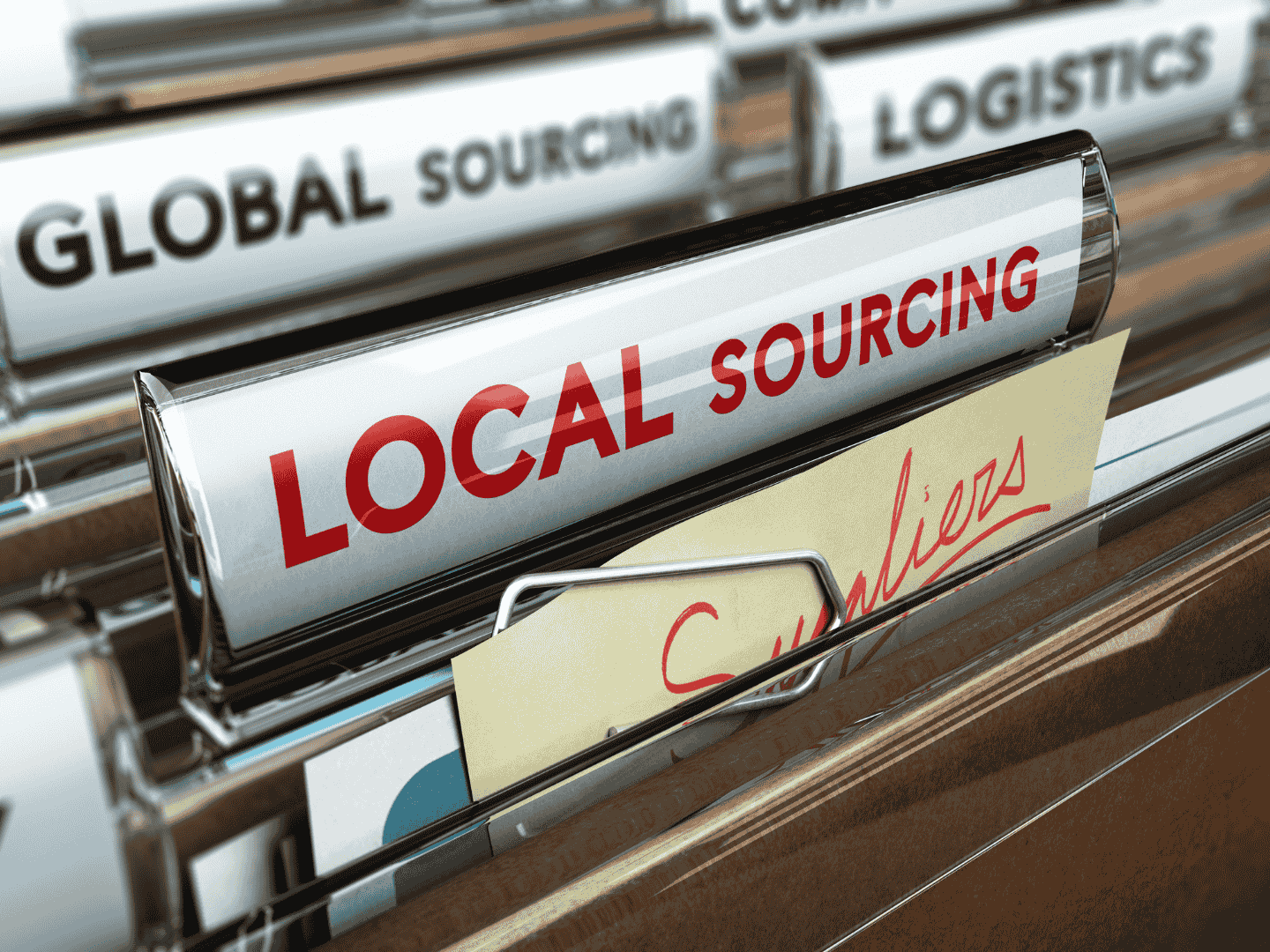
6. Data Integration for Real-Time Operations
Real-time data is essential for supply chain visibility, allowing companies to quickly identify and respond to disruptions. By 2025, real-time data sharing will likely shift from just tracking orders to monitoring supply chain risks. However, some suppliers, especially smaller ones, may not have the technology to automate this data exchange. Integrating real-time data through tools like APIs or blockchain can be costly and requires specialized skills.
Companies that lack automated data systems may find it challenging to keep up with larger competitors who can respond faster to changes and disruptions in the supply chain.
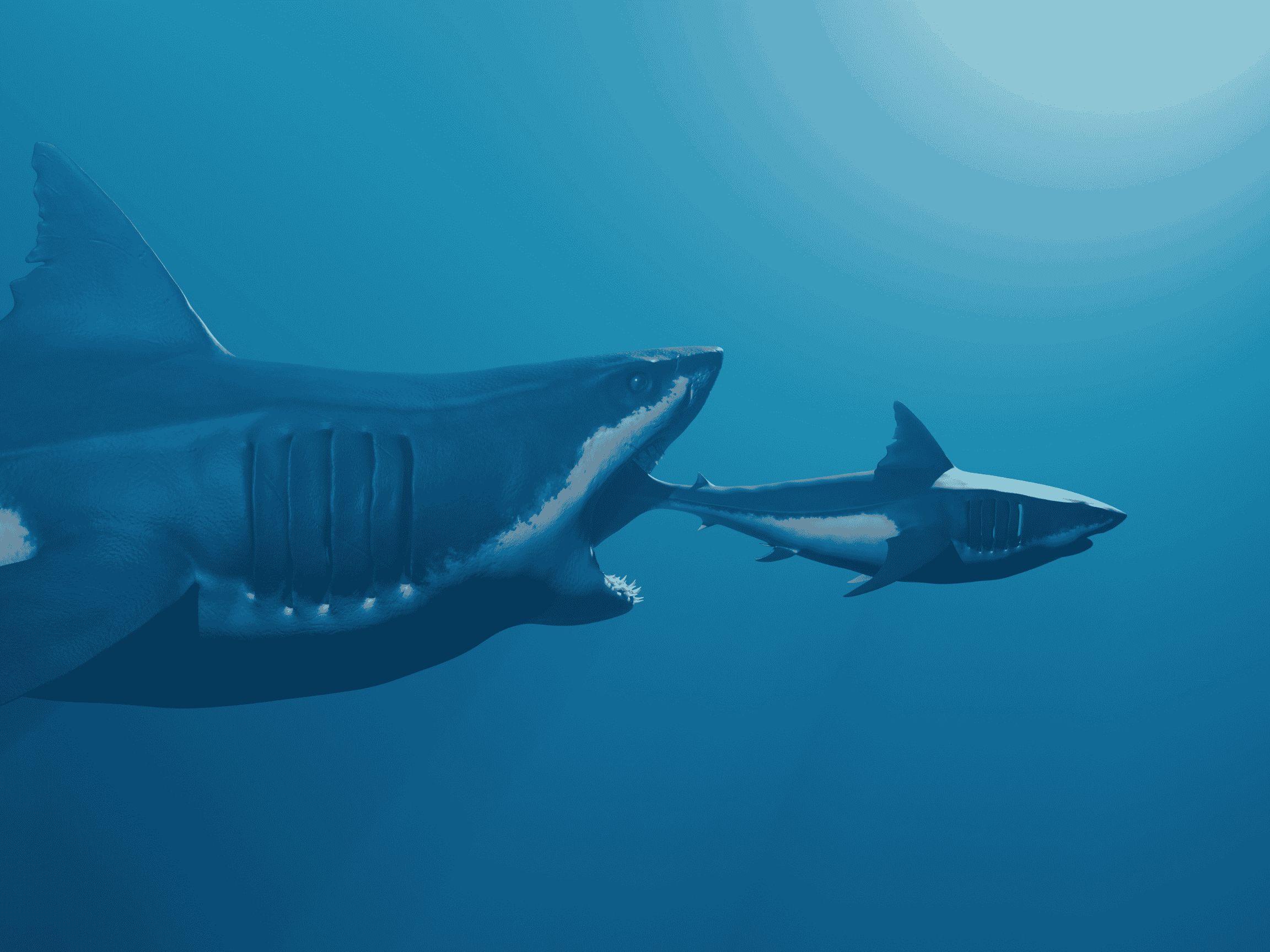
By staying informed and adaptable, companies can build more resilient, efficient, and transparent supply chains that are ready to handle whatever comes their way. Facing these challenges head-on isn’t just about managing risks; it’s also a chance for businesses to innovate and lead in a fast-changing world. With the right strategies, supply chains in 2025 can become stronger, more flexible, and better prepared for the future.


